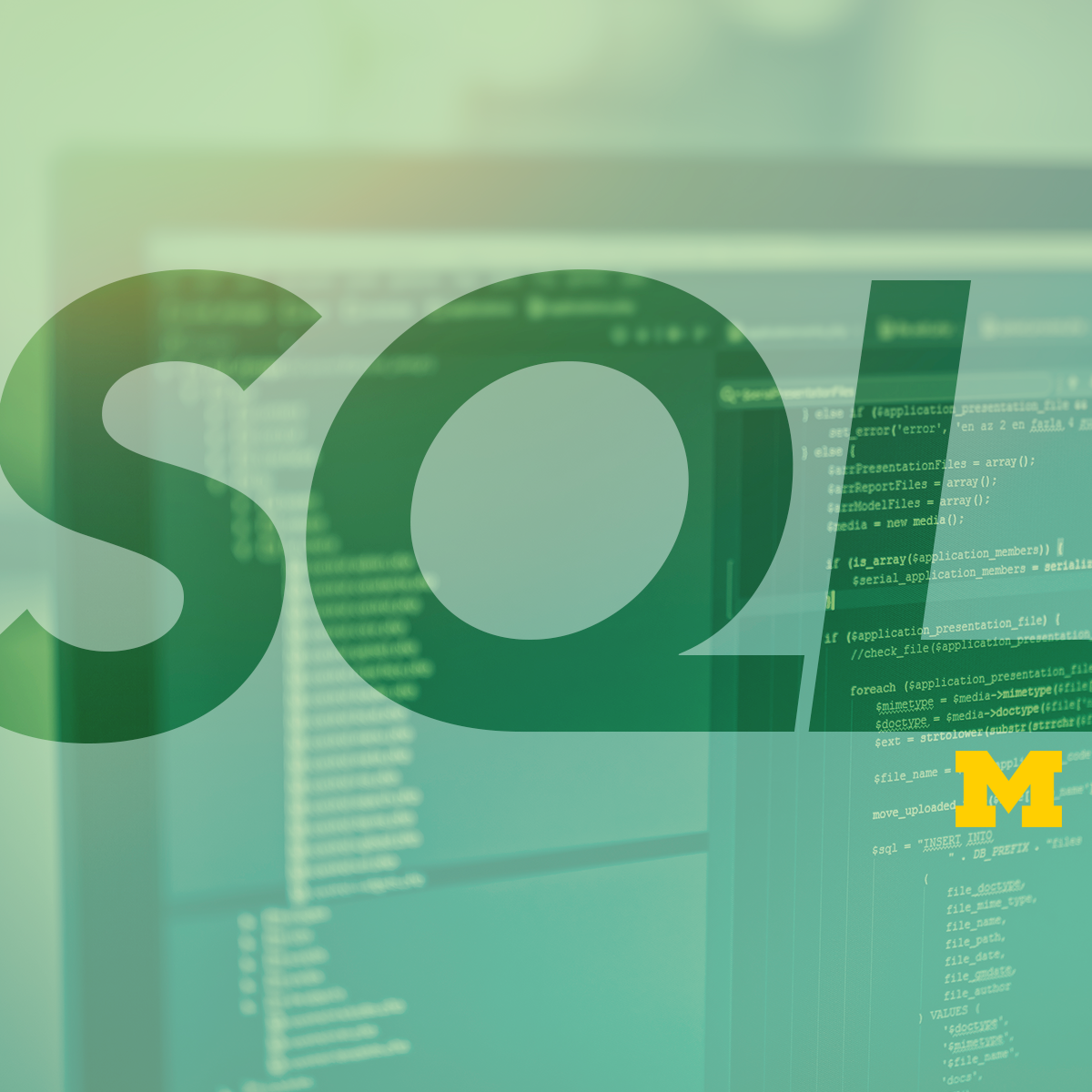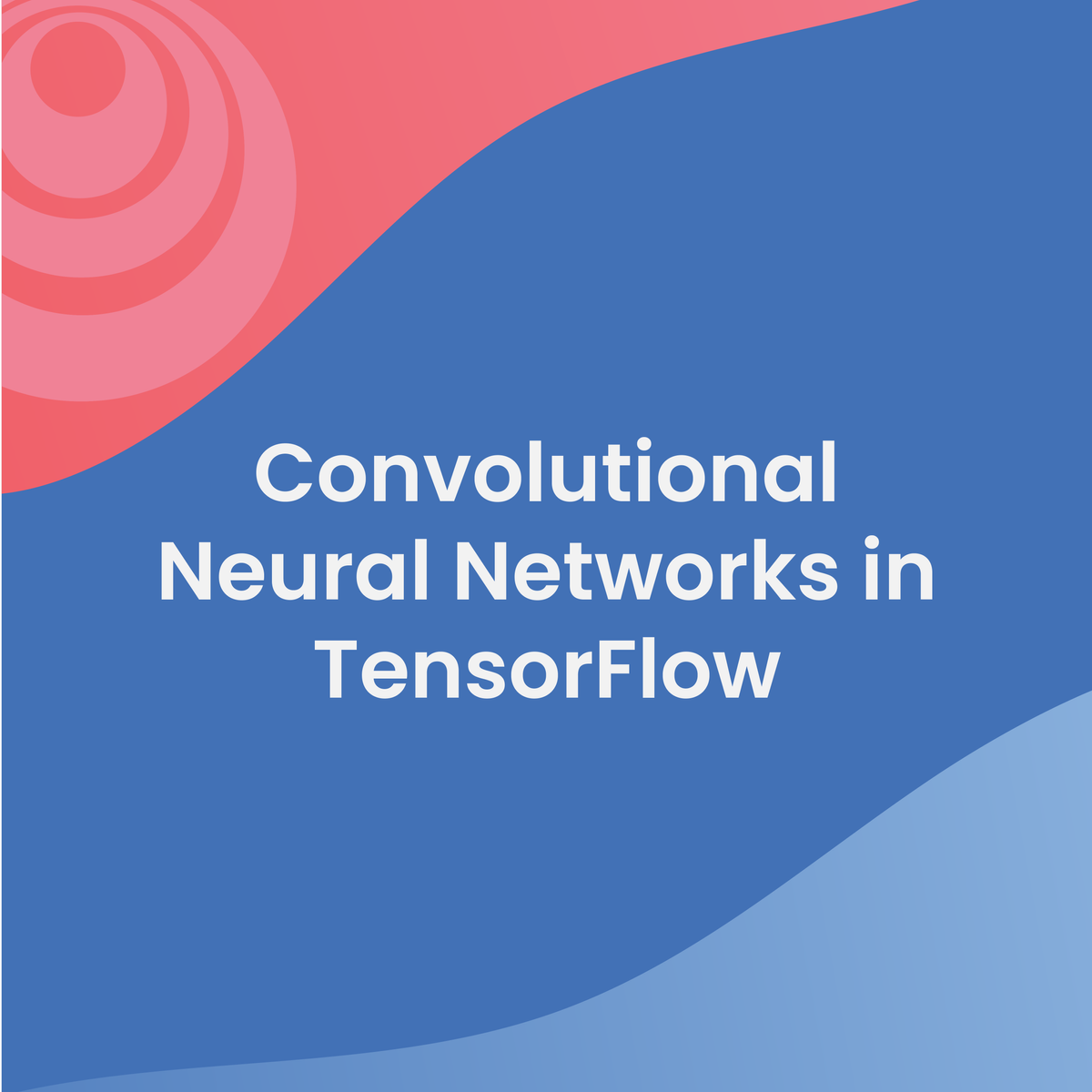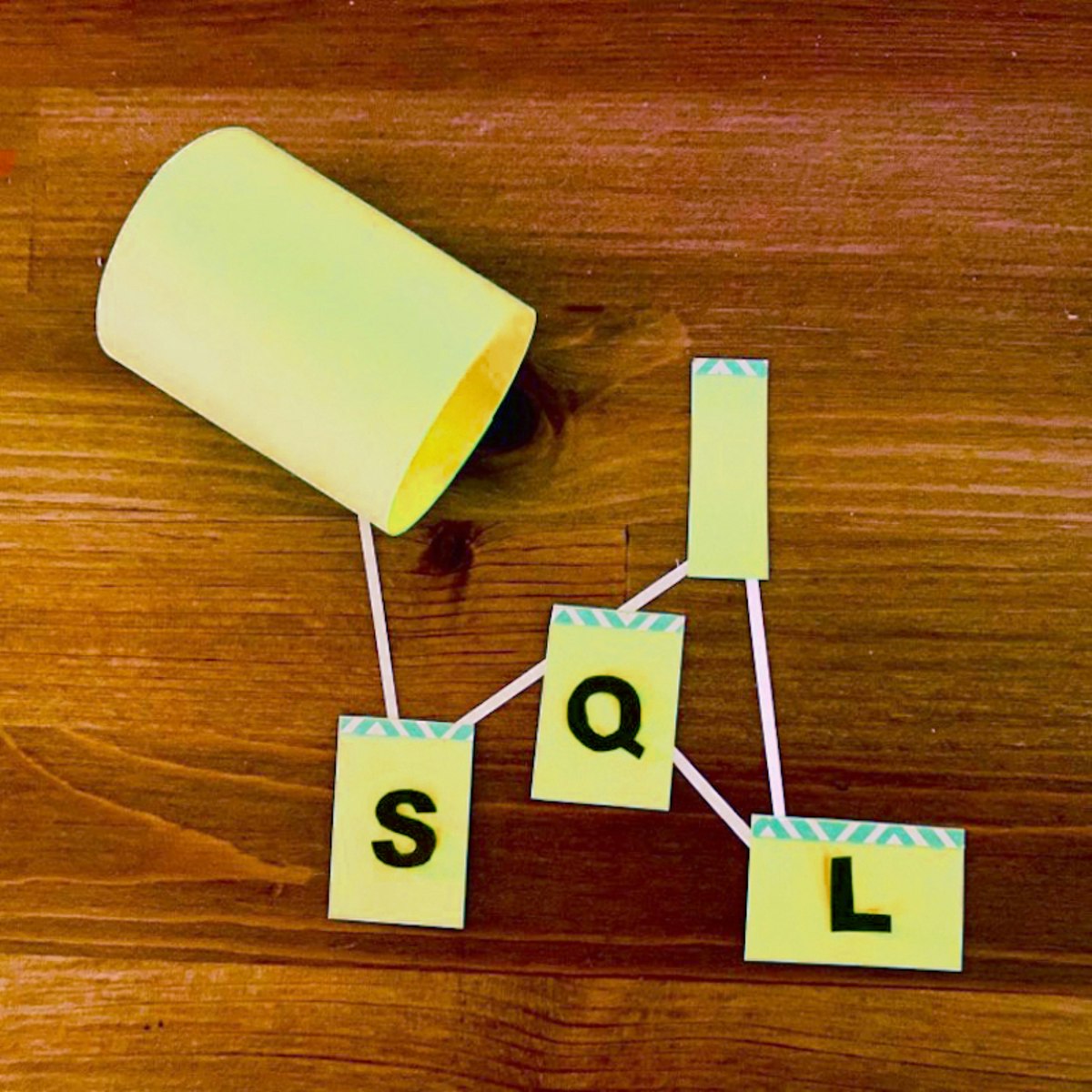Back to Courses









Computer Science Courses - Page 46
Showing results 451-460 of 2309

Requirements Specifications: Goals and Conflict Analysis
In Requirements Goal Development and Language Analysis, we move from the spoken word to precise writing. A first step in this is writing goals. We will talk about goals used in requirements engineering and, from this, writing use cases from what we learn. Use cases can be in diagram and written form. Then- the villains enter- misuse cases and abuse cases are discussed in how we can deal with them in a Requirements environment. In gathering requirements, you'll have many questions remaining. Often this leads to the need of more interviews and group sessions. We'll go through how to handle group meetings, dealing with inconsistency, and handling conflict between stakeholders.

Create Your First Chatbot with Rasa and Python
In this 2 hour long project-based course, you will learn to create chatbots with Rasa and Python. Rasa is a framework for developing AI powered, industrial grade chatbots. It’s incredibly powerful, and is used by developers worldwide to create chatbots and contextual assistants. In this project, we are going to understand some of the most important basic aspects of the Rasa framework and chatbot development. Once you’re done with this project, you will be able to create simple AI powered chatbots on your own.
This project is ideal for programmers who want to get started with chatbot development. You don't need any machine learning or prior chatbot development experience. However, you should be familiar with Python programming.
Note: This course works best for learners who are based in the North America region. We’re currently working on providing the same experience in other regions.

Introduction to Structured Query Language (SQL)
In this course, you'll walk through installation steps for installing a text editor, installing MAMP or XAMPP (or equivalent) and creating a MySql Database. You'll learn about single table queries and the basic syntax of the SQL language, as well as database design with multiple tables, foreign keys, and the JOIN operation. Lastly, you'll learn to model many-to-many relationships like those needed to represent users, roles, and courses.

Convolutional Neural Networks in TensorFlow
If you are a software developer who wants to build scalable AI-powered algorithms, you need to understand how to use the tools to build them. This course is part of the upcoming Machine Learning in Tensorflow Specialization and will teach you best practices for using TensorFlow, a popular open-source framework for machine learning.
In Course 2 of the deeplearning.ai TensorFlow Specialization, you will learn advanced techniques to improve the computer vision model you built in Course 1. You will explore how to work with real-world images in different shapes and sizes, visualize the journey of an image through convolutions to understand how a computer “sees” information, plot loss and accuracy, and explore strategies to prevent overfitting, including augmentation and dropout. Finally, Course 2 will introduce you to transfer learning and how learned features can be extracted from models.
The Machine Learning course and Deep Learning Specialization from Andrew Ng teach the most important and foundational principles of Machine Learning and Deep Learning. This new deeplearning.ai TensorFlow Specialization teaches you how to use TensorFlow to implement those principles so that you can start building and applying scalable models to real-world problems. To develop a deeper understanding of how neural networks work, we recommend that you take the Deep Learning Specialization.

Blockchain, Cryptoassets, and Decentralized Finance
Today, large intermediaries establish trust in our economy and control the movement, storage, and allocation of money and assets. The status quo, however, is rife with inefficiencies. In this course, we’ll address the many challenges of the status quo and discuss how cryptoassets, smart contracts, new identity systems, and new financial business models can help overcome them. You’ll learn how blockchain technology empowers individuals, entrepreneurs, and businesses with the tools they need to help level the playing field and to participate in the value they create. By the end of this course, you’ll learn how and why transacting on the blockchain can help us bring about a future that is faster, fairer, and more distributed than the world we inhabit today.

Intermediate Relational Database and SQL
In this 1-hour long project-based course, you will gain hands-on experience and learn how to create and maintain relational databases such as MySQL, Oracle and MS Access. Concepts covered include database and table creation, primary keys and foreign keys. If you have some experience with end-user level SQL and want to advance to a designer or database administrator role, this course is for you!
Note: Taking my course "Introduction to Relational Database and SQL" before taking this course is highly recommended. Especially if you do not have any previous experience with relational database and SQL.

IoT Cloud
This course is the last course in our series of four courses and builds on the previous three courses: IoT Devices, IoT Communications, and IoT Networking. After we have built and programmed a small self-driving vehicle, we then set out to enhance its connectivity and add important security infrastructure. In this course we will now look closer into various remaining types of decentralized network topography. In the lab, we will additionally cover important cloud technologies based on machine-learning. In the first two weeks' lectures, we will cover important components of networks. Metaphorically speaking, when you learn how the human body works, you start by understanding the "organs", the stomach, the liver, and so on. Likewise, we can best understand networks by understanding the individual components that make them up and their function. In this lecture series we will study "devices" such as routers, switches, firewalls, load balancers, and many more. We will learn about how they individually operate, how they are configured, and how they work together to achieve various network-wide properties and goals.

How to curve and warp text in Adobe Illustrator
By the end of this project, you’ll be comfortable building complex designs out of text in Adobe Illustrator. You’ll create and transform type, place type on curving paths, and apply advanced warping with Object distort commands. By the end of the project, you’ll create a poster with type around a sticker and customized text inside a shape.

Build a Node Server backend with Express
By the end of this project, you will Build a Node Server backend with Express that will fetch data from a MongoDB database.
Often, a dynamic web application is connected to a database on the server side. Node.js serves as the web server used to access the database. Express is a framework for Node.js and acts as middleware to connect the backend Node server to the Client-facing web application. The Client facing web application can then make API (Application Programming Interface) calls to Express to gather data for the dynamic web application.
Note: This course works best for learners who are based in the North America region. We’re currently working on providing the same experience in other regions.

Data Processing Using Python
This course (The English copy of "用Python玩转数据" <https://www.coursera.org/learn/hipython/home/welcome>) is mainly for non-computer majors. It starts with the basic syntax of Python, to how to acquire data in Python locally and from network, to how to present data, then to how to conduct basic and advanced statistic analysis and visualization of data, and finally to how to design a simple GUI to present and process data, advancing level by level.
This course, as a whole, based on Finance data and through the establishment of popular cases one after another, enables learners to more vividly feel the simplicity, elegance, and robustness of Python. Also, it discusses the fast, convenient and efficient data processing capacity of Python in humanities and social sciences fields like literature, sociology and journalism and science and engineering fields like mathematics and biology, in addition to business fields. Similarly, it may also be flexibly applied into other fields.
The course has been updated. Updates in the new version are :
1) the whole course has moved from Python 2.x to Python 3.x
2) Added manual webpage fetching and parsing. Web API is also added.
3) Improve the content order and enrich details of some content especially for some practice projects.
Note: videos are in Chinese (Simplified) with English subtitles. All other materials are in English.
